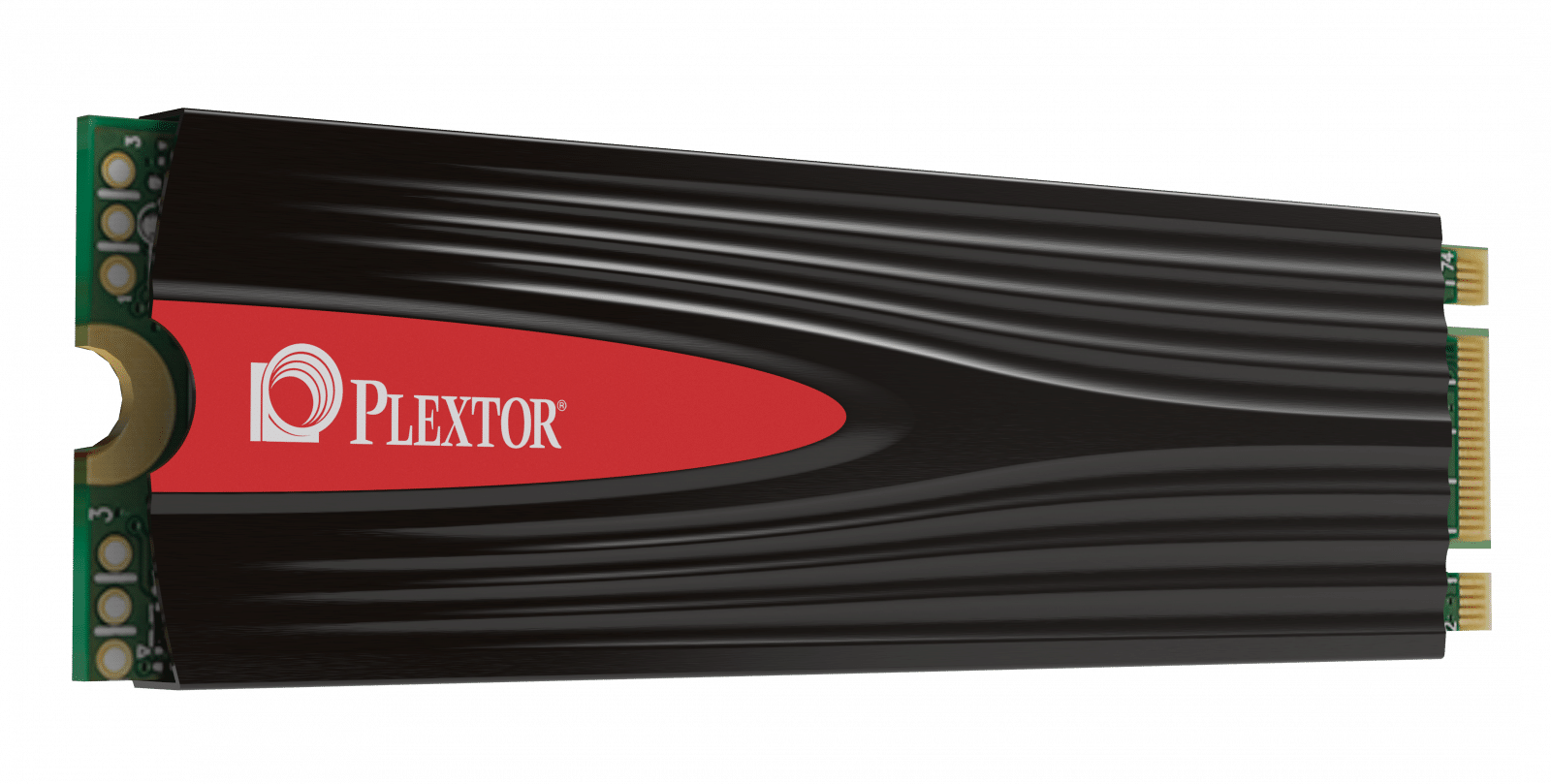Today PLEXTOR announced the unveiling of its fastest PCIe Client SSDs at CES 2018, the M9Pe Series. The new series is all about performance with impressive quoted speeds of 3.2GB/s sequential read, 2.1GB/s sequential write, and random performance of 400K IOPS read and 300K IOPS write. The company states that it was able to hit these numbers by implementing its PlexNitro 3D NAND into the drive.

As games get more advanced they will need more performance to power them. With this in mind, PLEXTOR has optimized its new M9Pe Series to make sure to reduce lag times and increase boot times (they claim a 20% increase over SATA drives). The drives will be offered in capacities of 256GB, 512GB, and 1TB and both HHHL AIC and M.2 form factor. As an added bonus, the AIC will feature a programmable 3-mode RGB LED lights for visual appeal on gaming rigs for those so inclined.
The models the company intends to release are:
- M9PeY – Designed for desktop computers, the M9PeY is PLEXTOR’s first HHHL add-in card to feature RGB LED lighting along with superior performance and a highly efficient heat sink.
- M9PeG – Ideal for select laptops and desktops, the M9PeG M.2 form factor features superior performance and also includes an efficient heat sink, catering to the needs of every PC gamer and “prosumer.”
- M9PeGN – Designed for super-slim laptops, the M9PeGN M.2 form factor will appeal to any prosumer doing their daily activities on a thinner device but looking for the same power and performance as any heavier duty machine. This model does not have heat sink but it still delivers the same levels of performance as SSDs built for heftier machines.




 Amazon
Amazon